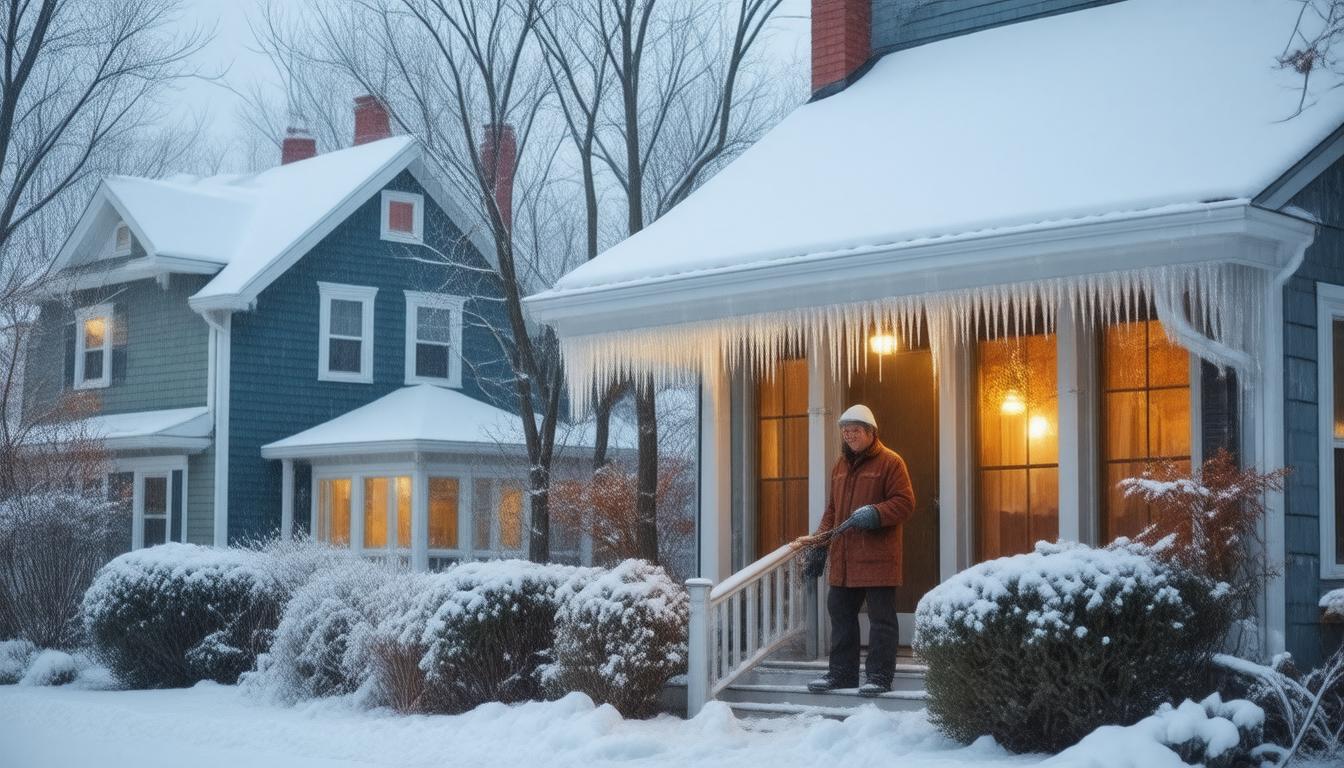
There is a symphony of sounds that accompany our daily lives—from the gentle hum of the refrigerator to the distant rumbling of traffic. While this auditory backdrop is a natural part of human existence, unwanted or excessive noise can transform peaceful environments into disruptive ones. Sound insulation becomes crucial in managing noise levels, whether in residential spaces, commercial buildings, or industrial settings. It involves techniques and materials that block or absorb sound waves, aiming to reduce the transfer of noise between different areas.
Understanding Noise LevelsBefore diving into the specifics of sound insulation, it is essential to comprehend the basics of noise levels. Noise is measured in decibels (dB), and the scale is logarithmic, not linear. This means that a sound at 30 dB is not just twice as loud as one at 15 dB; it is significantly more so. The threshold for pain is typically around 120 dB, but hearing damage can start at lower levels over prolonged exposure.
Common sounds and their approximate decibel levels include:
– Whisper: 30 dB
– Normal conversation: 60 dB
– Busy street traffic: 70-85 dB
– Lawnmower: 90 dB
– Rock concert: 120 dB
– Jet engine at takeoff: 140 dB
Regular exposure to noise above 70 dB can lead to stress and hindered concentration, while sounds above 85 dB can inflict permanent hearing loss over time.
The Importance of Sound InsulationThe significance of effective sound insulation cannot be overstated. It plays a vital role in several areas, such as:
– Health and Wellbeing: Reducing noise pollution can decrease stress and improve sleep, directly impacting physical and mental health.
– Productivity: In workplaces, good acoustic conditions can lead to better concentration and efficiency among employees.
– Privacy: Sound insulation helps maintain confidentiality by preventing eavesdropping and fostering a sense of seclusion.
– Legislative Compliance: Many regions have regulations in place that set maximum permissible noise levels for commercial and residential buildings.
When it comes to choosing materials for sound insulation, properties such as density, thickness, and structural design play pivotal roles. Some commonly used sound-insulating materials are:
– Dense Materials: They block sound waves and include metals, heavy stone, and certain types of thick glass.
– Absorbent Materials: These decrease sound levels by absorbing vibrations, such as mineral wool, fiberglass, and foam.
– Decoupling Elements: Structures built with a separation or an air gap can significantly reduce sound transfer.
Furthermore, sound-insulating materials can be classified into sound absorbers and sound reflectors. Absorbers help in reducing echo within a space, while reflectors prevent external noise from penetrating a barrier.
Effective Installation TechniquesThe installation of sound-insulating materials is as vital as the materials themselves. Following are some effective techniques:
– Sealing Gaps: Even small openings can undermine a barrier’s sound-insulating capabilities, so it’s crucial to seal all gaps with appropriate sealants.
– Installing Soundproof Windows and Doors: These specially designed portals can substantially reduce the infiltration of external noise.
– Use of Mass-Loaded Vinyl (MLV): MLV can be added to walls, floors, and ceilings to enhance their soundproofing efficiency.
– Employing Damping Compounds: These compounds convert sound vibrations into heat, helping to reduce the level of noise transmission.
Sound insulation is an evolving field, and new technologies continue to emerge. Innovations such as acoustic metamaterials are being researched; these are engineered to control, direct, and manipulate sound in ways traditional materials cannot. Additionally, smart acoustic devices are being developed which can actively cancel out certain frequencies, further quieting our environments.
ConclusionThe quest to create silencing spaces is ongoing and requires a multifaceted approach that includes understanding noise levels, material science, and installation expertise. Whether aiming to protect our hearing, improve concentration, or simply enjoy the peace, sound insulation is an invaluable tool. With advancing technology and growing awareness, we can look forward to quieter and more serene spaces that support our wellbeing and productivity.







